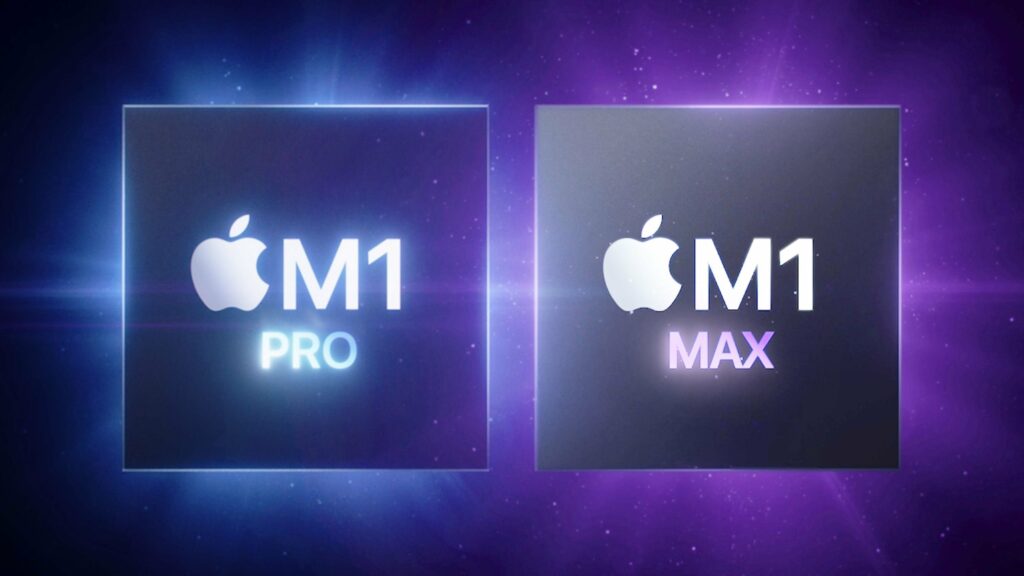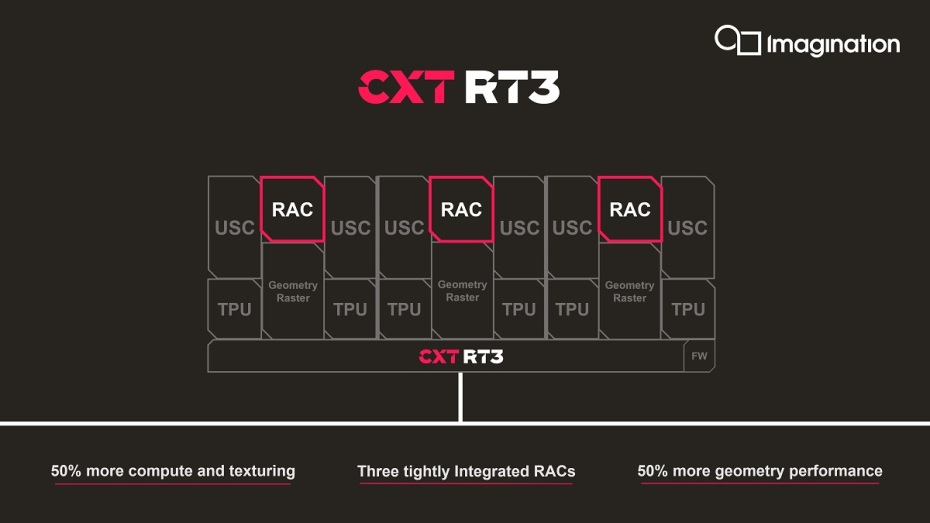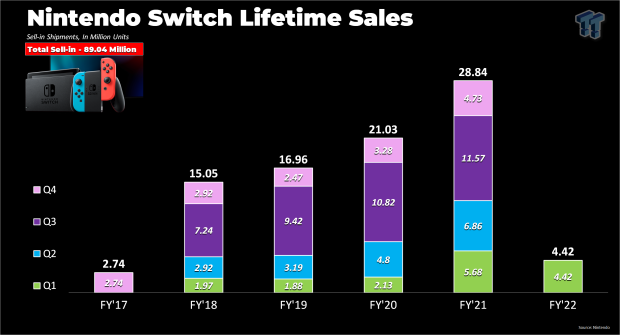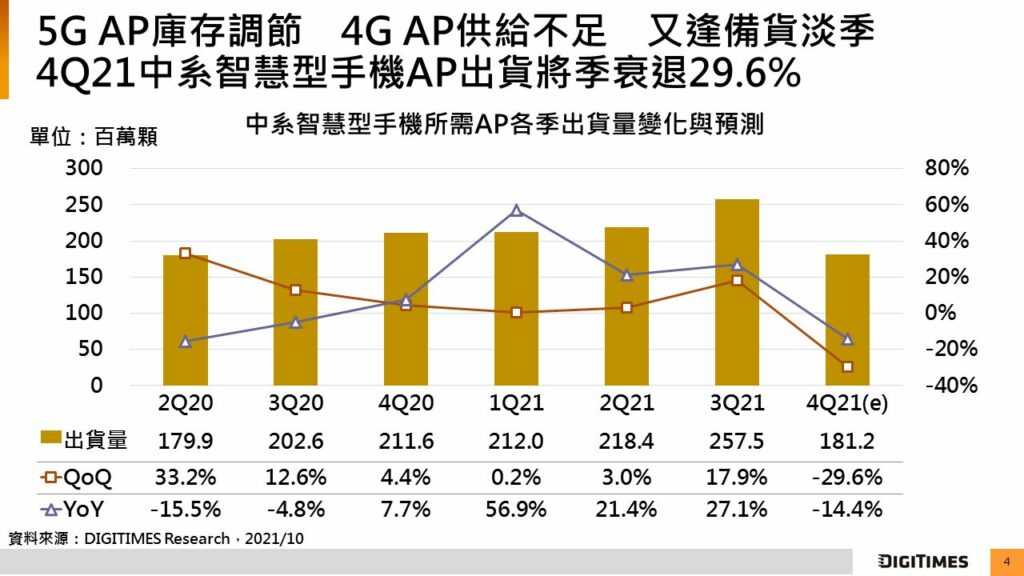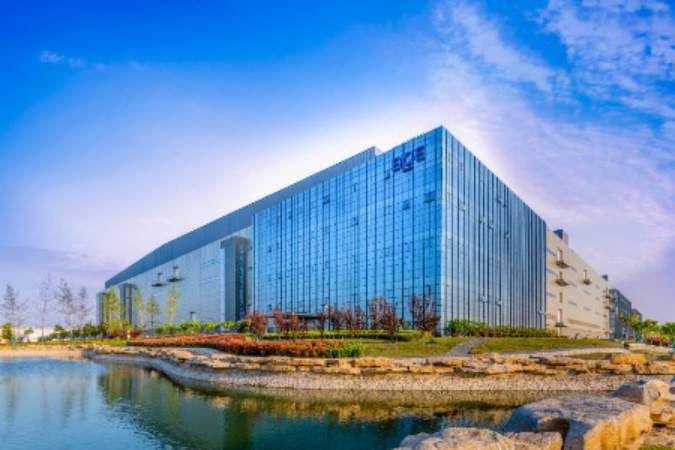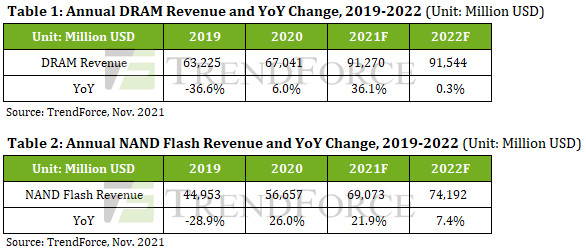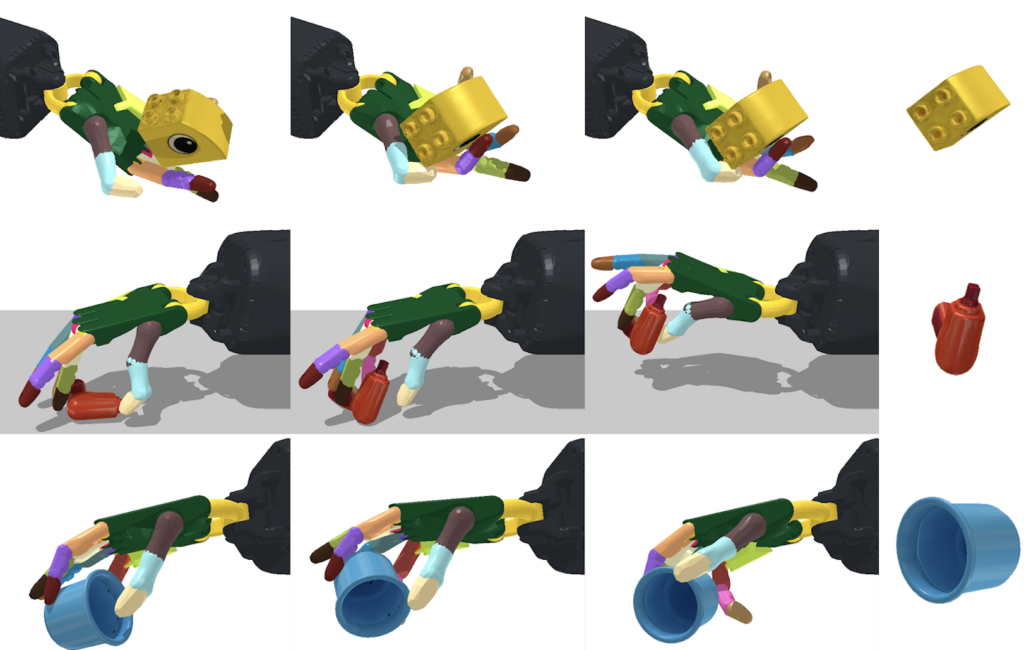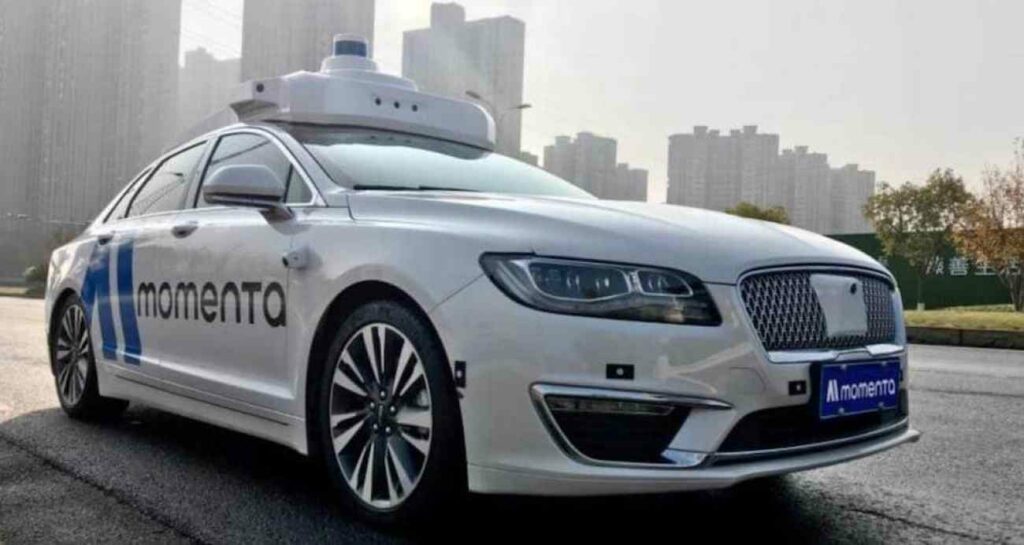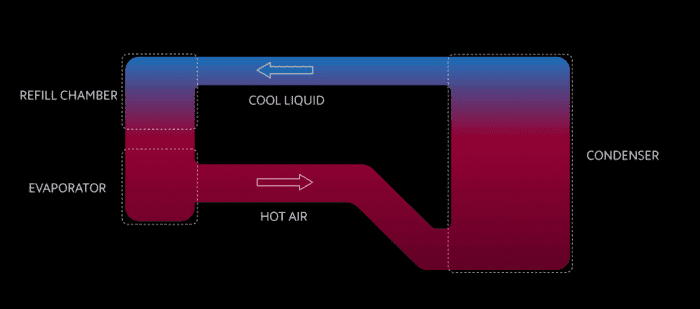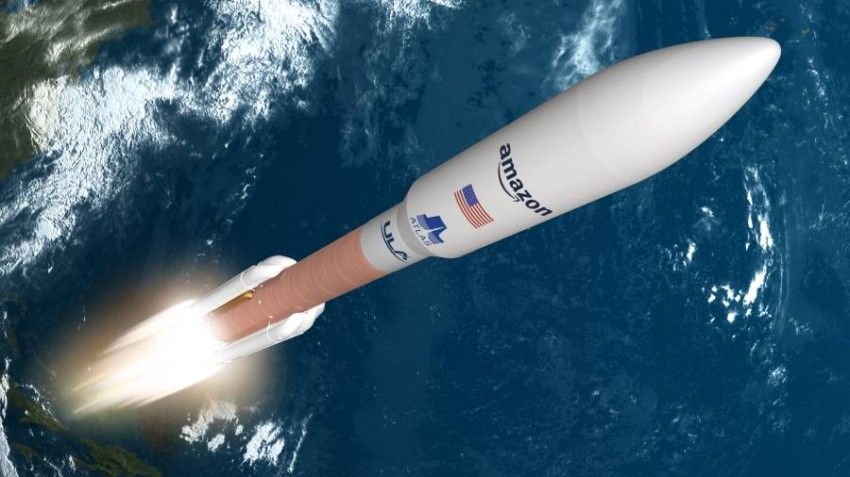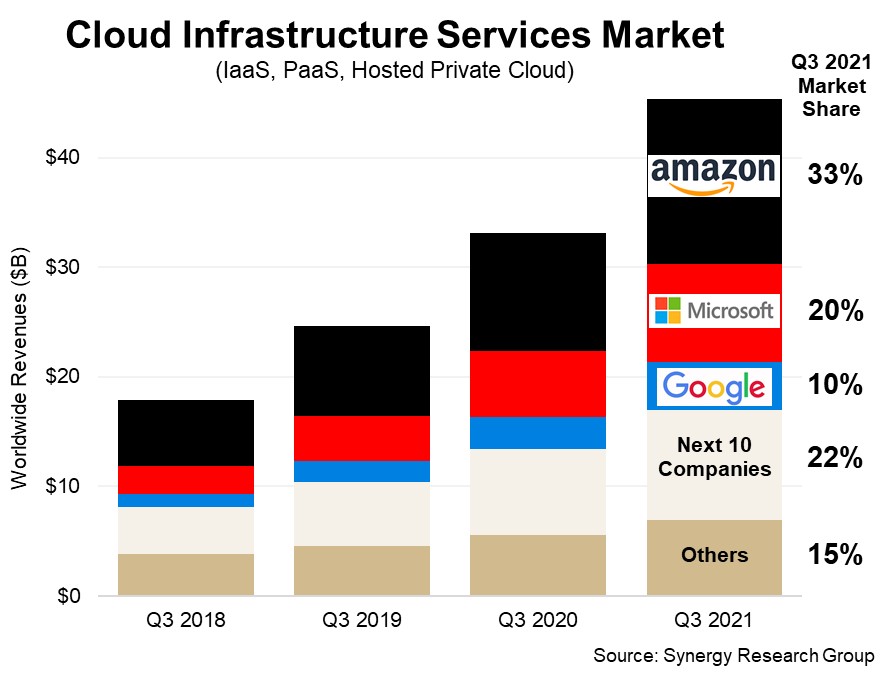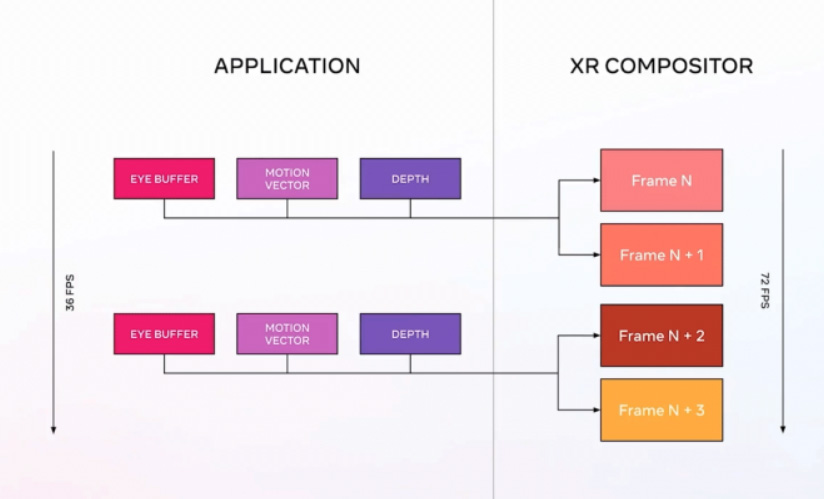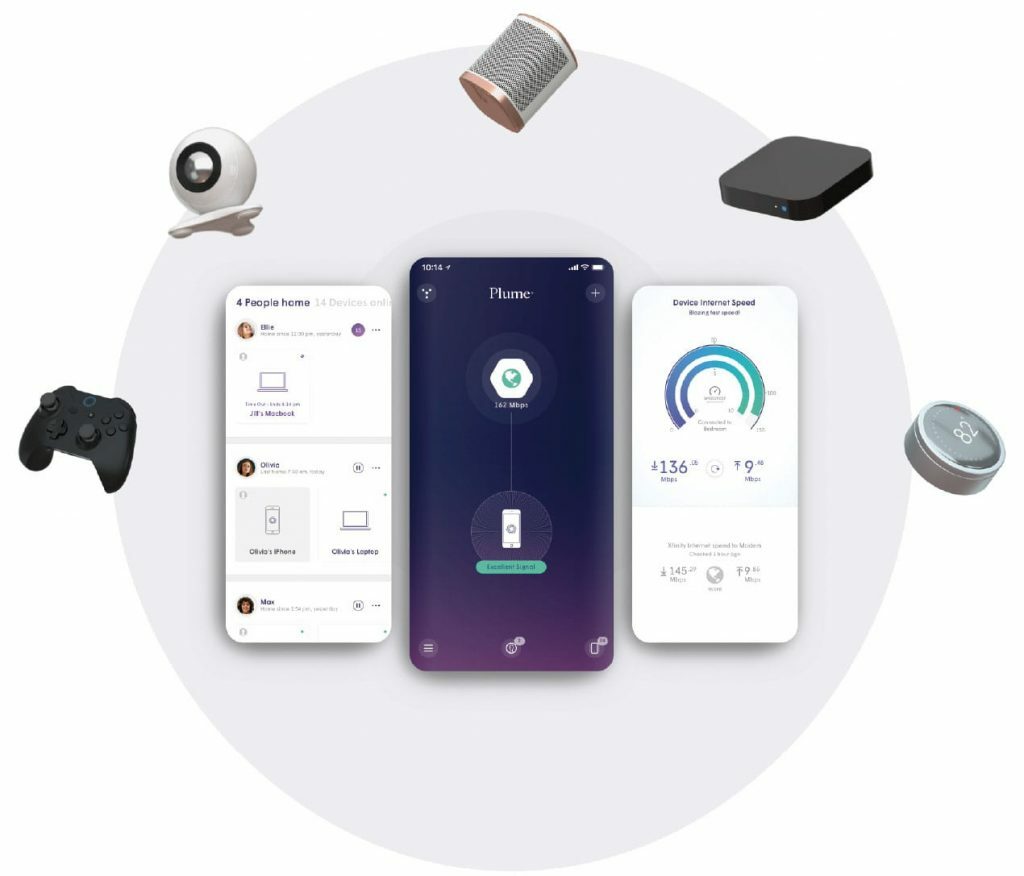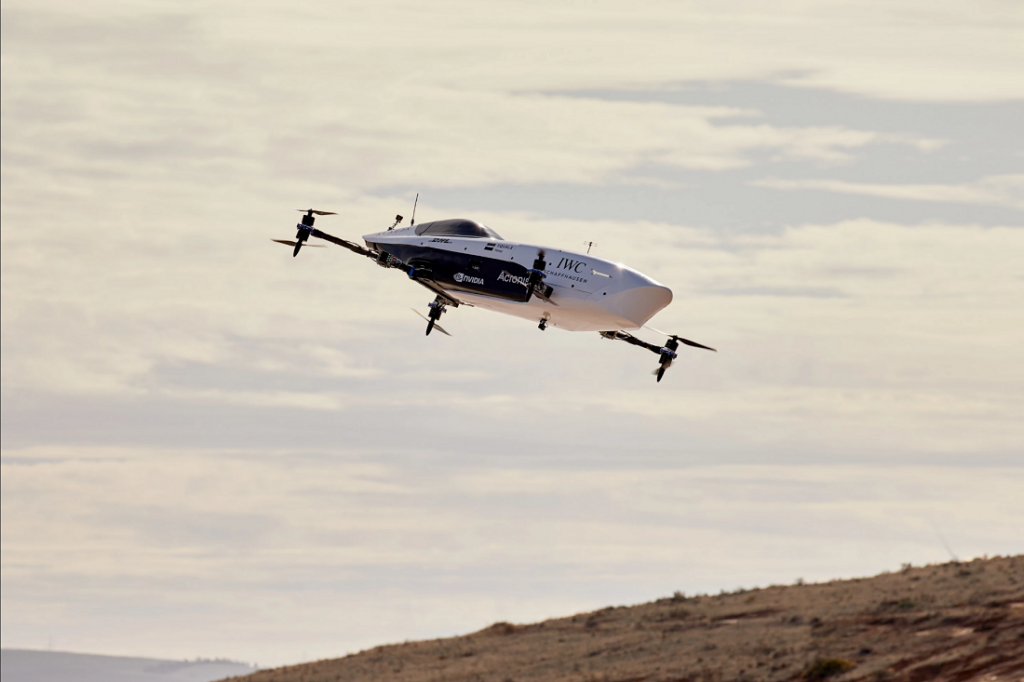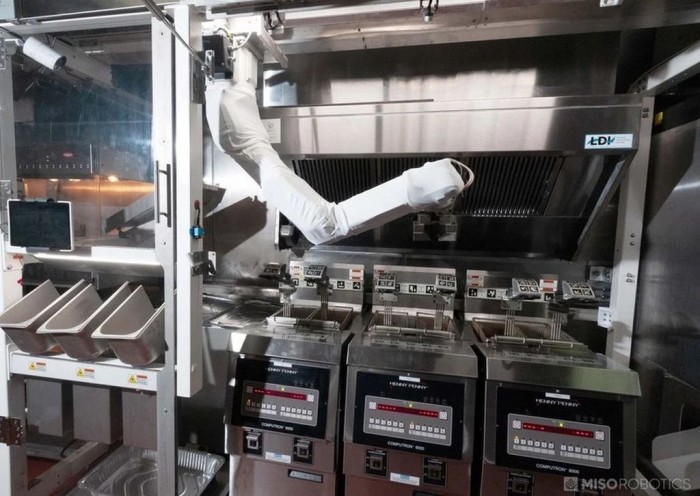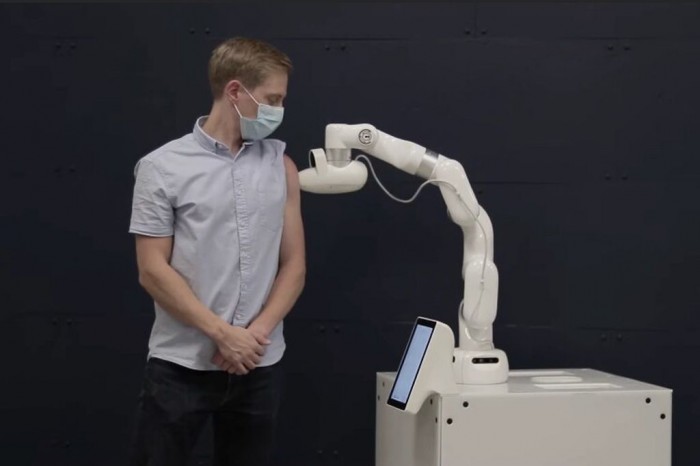
11-7 #EyesOpen : Xiaomi has announced its heat dissipation technology called “Xiaomi Loop LiquidCool Technology”; Honor has unveiled its first self-funded factory; Honor has revealed that there are plans to establish a sub-brand in the future; etc.
Apple has allegedly begun to develop the next two generations of Mac chips, which are expected to succeed the M1, the first Mac processor designed by Apple after replacing the Intel processor. Aakash Jani, a senior analyst at the chip research company The Linley Group, has said that Apple’s aggressive roadmap proves the company’s commitment to its silicon division. For the second-generation processors, Apple plans to use an upgraded version of the 5nm process to manufacture. The chip will contain two wafers. For the third-generation processors, Apple will take a bigger step, some of which have four chips and are manufactured using a 3nm process. (CN Beta, Gizmodo, The Information)
Imagination Technologies has unveiled its most-advanced ray-tracing graphics processing unit (GPU) for games and other markets.The new IMG CXT will bring desktop-quality visuals to mobile devices. By imitating how light behaves in the real world, ray-tracing GPUs make it possible to create 3D scenes that are near indistinguishable from real life. IMG CXT’s revolutionary Photon architecture is able to take advantage of this rendering technology. (The Verge, Imagination, Electronics Weekly)
As Nintendo nears the 100M units sold mark on its Nintendo Switch console, the Japanese gaming giant is being forced to decrease production. Nintendo is expected to decrease production of its flagship gaming console by as much as 20% due to the ongoing global microchip shortage. Even with 6M fewer consoles produced, Nintendo is still expected to reach and exceed 100M units sold before the end of its fiscal quarter in Mar 2022. The company already sold over 89M units as of 30 Jun 2021. (Laoyaoba, Tweak Town, Business Insider, Asia Nikkei)
According to Digitimes Research, about 258M smartphone application processors were shipped to China-based handset vendors in 3Q21, up 17.9% sequentially, but the corresponding shipments for 4Q21 are forecast to see a 29.6% sequential fall. Part of the increase in 3Q21 shipments was due to peak season demand, and part of the reason was that Qualcomm’s 5G AP shipments reached a record high. However, in 4Q21, there is a shortage of related components and weak demand for 5G mobile phones; various factors such as the mismatch of AP supply and demand structure are expected to cause shipments to drop by nearly 30%. (Digitimes, Digitimes, Laoyaoba, UDN)
Worldwide silicon wafer area shipments hit a record high for the third consecutive quarter in 3Q21. Shipments increased 3.3% sequentially to 3.649B square inches in 3Q21, according to SEMI. Shipments were up 16.4% from the 3.135B square inches logged during the same period in 2020. (SEMI.org, EET Asia, CTEE, Digitimes)
Google’s first foldable smartphone is reportedly slated for a 2022 release. The device will have cameras that fall below the highly rated Pixel 6 series. The Pixel 6 and Pixel 6 Pro both feature a 50MP main camera and its Samsung-produced GN1 sensor allows for more light due to the large size of the sensor. (Gizmo China, 9to5Google)
Hefei BOE Automotive and Nianjia Investment, a subsidiary of BOE and BOE Precision Electronics, intend to invest in the BOE Chengdu Automotive Display Base project in the West District of the High-tech Zone in Chengdu, Sichuan Province. The total investment of the project is about CNY2.5B, with a registered capital of CNY1.5B, of which BOE will invest CNY600M in cash, holding 40% of the shares, and Hefei BOE Automotive will invest CNY600M in cash, holding 40% of the shares, and the annual investment will be cash. Its product is a 5”-35” vehicle display module, with an annual output of approximately 14.4M pieces of vehicle display after reaching full capacity. (Laoyaoba, Sohu, EET China)
Despite the forecasted 18.6% YoY growth in total DRAM bit supply in 2022, the global DRAM market is still expected to shift from a shortage situation to an oversupply, according to TrendForce. This shift can primarily be attributed to the fact that, not only are most buyers now carrying a relatively high level of DRAM inventory, but DRAM bit demand is also expected to increase by only 17.1% YoY in 2022. On the price front, the oversupply situation will result in a drop in DRAM ASP in 2022 but not a major decline in annual DRAM revenue, thanks to the oligopolistic nature of the DRAM industry. Annual DRAM revenue for 2022 is expected to reach USD91.54B, which represents a slight YoY increase of 0.3%. (Laoyaoba, TrendForce, TrendForce)
Concerns are increasing over Samsung Electronics and SK Hynix with the DRAM price having dropped 10% or so in Oct 2021. Under the circumstances, both decided to control their DRAM supply volumes while not increasing related capital expenditures. According to TrendForce, the average contract price of DDR4 8Gb was USD3.71 in Oct 2021, down 9.51 percent from Sept 2021. The rate of decline reached the highest since Jul 2019, when the price plunged 11.18%. With subsequent buyers’ momentum of DRAM purchases converging and spot prices leading the decline, 4Q21 contract prices have a high chance of reversal, which is expected to fall by 3%-8%, ending the three-quarter increase cycle. (Laoyaoba, Business Korea, Korea Herald)
With the rapid spread of 5G and cloud services, the scale of data centers continues to expand. In response to strong storage demand, Toshiba Japan plans to increase production of mechanical hard drives (HDD) in the near future. By Mar 2023, the output of products for data centers will be doubled compared to the same period in 2021. Toshiba will increase its production of HDD products with storage capacities ranging from 12TB to 18TB, and subsidiary Toshiba Electronic Components & Storage Co., Ltd. will add a production line in its main plant in the Philippines. (IT Home, Laoyaoba)
Bosch has revealed a new system called Bosch Ridecare. Ridecare is a single sensor box able to detect damage to a vehicle or smoke inside the vehicle. The goal of this system is to help keep shared vehicles roadworthy and to ensure they’re clean and do not smell like smoke. The first Ridecare feature developed by Bosch is a sensor box placed in the vehicle capable of detecting smoke and damage. (CN Beta, SlashGear, Bosch)
MIT’s Computer Science and Artificial Intelligence Laboratory has developed a system that could one day give robots that same kind of dexterity. Using a model-free reinforcement AI algorithm, they created a simulated, anthropomorphic hand that could manipulate more than 2,000 objects. (Engadget, MIT)
Momenta, an autonomous driving solution provider from China, announced today an additional USD500M added to its Series C round. Momenta adapts what it calls a two-legged strategy of supplying advanced driver assistance systems (ADAS) to auto OEMs like GM and Tier 1 suppliers like Bosch, while conducting R&D on truly unmanned vehicles, that is, Level 4 driving. (TechCrunch, Bloomberg, Pandaily, Reuters)
Xiaomi has announced its next-generation heat dissipation technology called “Xiaomi Loop LiquidCool Technology”. The cooling system consists of an evaporator, a condenser, a compensation cavity, and vapor-liquid pipes. The vaporizer is located in the area of the heat source on the motherboard of the phone, and when the processor and other heat sources are under heavy load, the cold liquid evaporates into a vaporous state and directs airflow into the vapor pipes through natural expansion. (Gizmo China, GizChina, Mi.com, My Drivers, IT Home)
Amazon’s Kuiper Systems has asked US regulators for permission to launch another 4,538 satellites that would bolster its constellation as it competes with Tesla CEO Elon Musk’s SpaceX for broadband-from-space customers. (CN Beta, CityA.M., Bloomberg, Live Mint)
Honor has unveiled its first self-funded factory after gaining independence from Huawei. The Intelligent Manufacturing Industrial Park located in Shenzhen, China is Honor’s flagship production facility with a 75% automated production line allowing for one device produced every 28.5s. (GSM Arena, Honor, Sohu, Sina)
Honor’s CEO Zhao Ming has revealed that there are plans to establish a sub-brand in the future, but 2021 is the first year after independence, and it is not a good time yet. In Jul 2021, “Shenzhen Xingyao” was established with a registered capital of CNY4M. (Laoyaoba, Sohu)
OPPO A16K is launched in Philippines – 6.52” 720×1600 HD+ v-notch, MediaTek Helio G35, rear 13MP + front 5MP, 3+32GB, Android 11.0, no fingerprint scanner, 4230mAh 10W, PHP6,999 (USD140). (GSM Arena, Shopee, Pinoy Tech Guide)
Samsung Galaxy A22s 5G is launched in Russia – 6.6” 1080×2408 FHD+ HiD TFT 90Hz, MediaTek Dimensity 700 5G, rear tri 48MP-8MP ultrawide-2MP macro + front 8MP, 4+64 / 4+128GB, Android 11.0, side fingerprint, 5000mAh 15W, estimate USD255. (GizChina, GSM Arena, Gizmo China)
Google Cloud has announced a major deal with The CME Group to move CME’s futures and options markets to the cloud over a 10-year period. The deal has several components, including a USD1B investment from Google into CME. According to Synergy Research, Google is in third place in 3Q21 in the cloud infrastructure market with USD4.5B in revenue, good for 10% market share. (TechCrunch, CN Beta, Synergy Research)
Meta (formerly known as Facebook) has been discussing the possibility of opening retail stores, which will reportedly be more like experience stores introducing people to devices developed by its Reality Labs division rather than outright retail shops. (TechCrunch, NY Times, Engadget)
Meta is touting Application SpaceWarp, which is enabled or disabled by developers. It uses the depth buffer and motion vectors – both provided by the game engine – to extrapolate a plausible next frame for every real frame. The depth buffer is a low resolution version of each frame representing the distance of each pixel from your eye instead of color, while the motion vectors represent the movement of pixels from one frame to the next. (CN Beta, Upload to VR)
Plume — an AI-powered cloud platform that manages more than 1 billion unique devices globally — has revealed a USD300M new capital injection from a new round of minority equity investment led by SoftBank Vision Fund 2. According to Plume’s founder and CEO, Fahri Diner, the company has taken the leadership position in smart home services — a core element of the overall connectivity experience in the home. (VentureBeat, Business Insider)
Alauda Aeronautics has now carried out the world’s first eVTOL drag race, albeit with no humans onboard. A pair of remotely piloted Airspeeder Mk3 aircraft were flown down an aerial drag strip as part of pre-season preparations, ahead a full-blown F1-style air race series slated for later in 2021. The test flights that took place back in Jun 2021 saw the Mk3 octocopter take to the air over a South Australian desert for the first time. These carbon-fiber-bodied aircraft can fly from 0-100km/h in 2.8s and are designed to reach altitudes of 500m. (CN Beta, New Atlas, Newsweek)
South Korea-based ENPlus plans to invest PHP5B (USD98.86M) in building manufacturing facilities for electric vehicles (EV) in the Philippines, according to the Philippines Economic Zone Authority (PEZA). ENPlus is an equipment manufacturer of fire trucks and fire extinguishers that is expanding into EVs and EV jeepneys. (Digitimes, PNA, Business World, Paultan)
Flippy the burger-flipping robot has received an upgrade as Miso Robotics rolls out its Flippy 2 model. Taking on board feedback from a pilot program with the White Castle hamburger chain that started in Chicago in Sept 2020, the new cybernetic chef boasts twice the food prep capabilities and can operate a fry station on its own. (CN Beta, News Atlas, Miso Robotics)
Canadian startup Cobionix, a University of Waterloo spinoff company, known as Cobi. It is claimed to be the first robot to ever successfully perform an intramuscular injection, and it did so without using a hypodermic needle. the Cobi robotic arm retrieves a vial of vaccine from a built-in storage area. A LiDAR sensor on the “hand” of that arm is then used to create a 3D digital map of the patient’s body, which is analyzed via AI-based software to determine the optimal injection site. (CN Beta, University of Waterloo, New Atlas)
Alphabet has launched a new company, Isomorphic Laboratories, which will use artificial intelligence methods for drug discovery. It will build off of the work done by DeepMind. Isomorphic will try to build models that can predict how drugs will interact with the body. It could leverage DeepMind’s work on protein structure to figure out how multiple proteins might interact with each other. (The Verge, Google, Stat News, CNBC)

